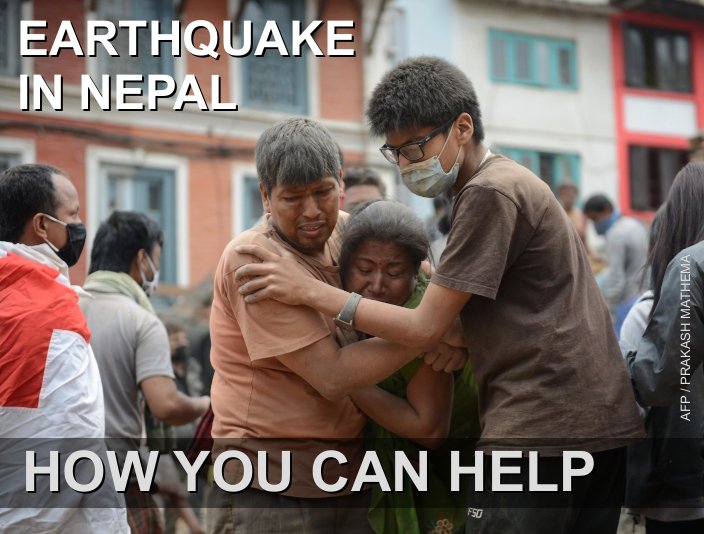Violent clashes, unrest continue to impede the delivery of food, fuel, and other critical humanitarian supplies. UN, USG warn of a possible humanitarian crisis, call on parties to resolve border impasse. An estimated 81,000 earthquake-affected households require winterization support.
The U.S. Government, through the U.S. Agency for International Development (USAID), today announced three initiatives to support the Government of Nepal’s model of ownerdriven housing reconstruction following the April 25, 2015 earthquake. Building on previous investments, USAID programs will train an estimated 13,500 local construction professionals and educate more than 285,000 affected homeowners on building earthquake-resistant homes over the next five years.
USAID’s commitment to Nepal has stood the test of time. In the aftermath of the devastating April 25 earthquakes that shook Nepal, our commitment remains stronger than ever. On June 25, 2015, U.S. Secretary of State John Kerry announced $130 million to support Nepal’s earthquake relief and recovery needs. This contribution builds upon USAID’s investments on disaster preparedness, and is only the beginning of our contribution to Nepal’s earthquake recovery, which will span multiple years.
Post-earthquake recovery activities continue. WFP utilizes trekking infrastructure to deliver aid. Number of earthquake-affected people requiring immediate food assistance declines. Government delays impede release of reconstruction funds.
To improve the quality, accessibility, and sustainability of rehabilitation services in Nepal, USAID introduced the STRIDE project in 2010. The project provides direct technical and financial support to five physical rehabilitation centers (local partner organizations) and their three satellite units.











Comment
Make a general inquiry or suggest an improvement.